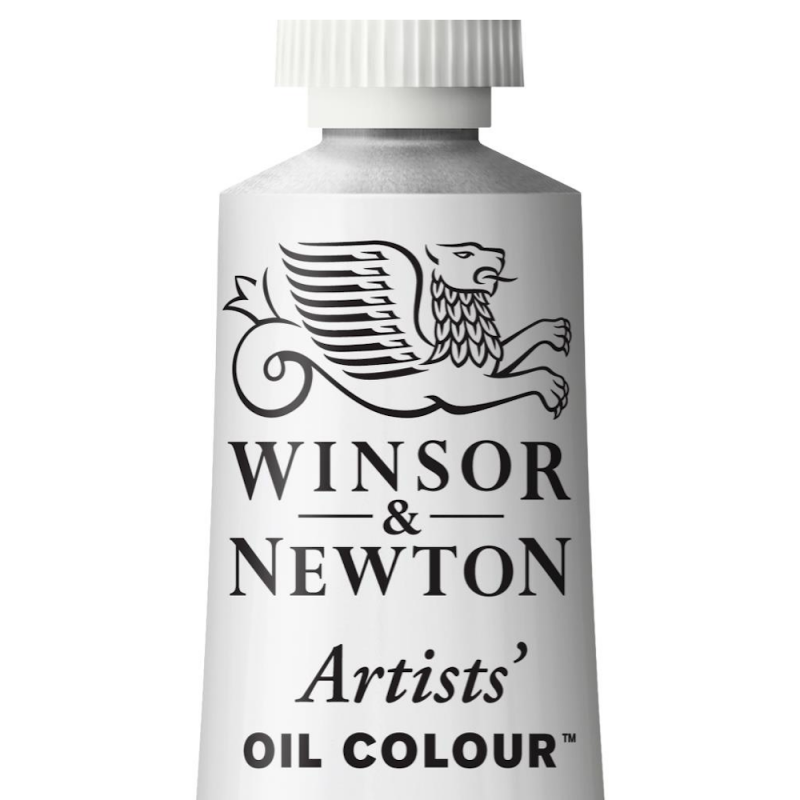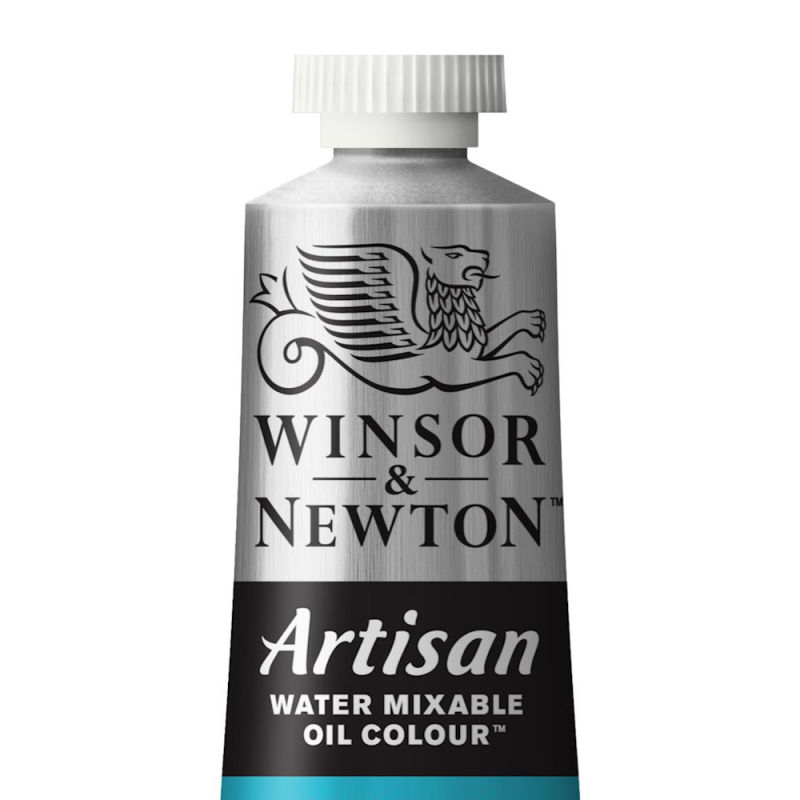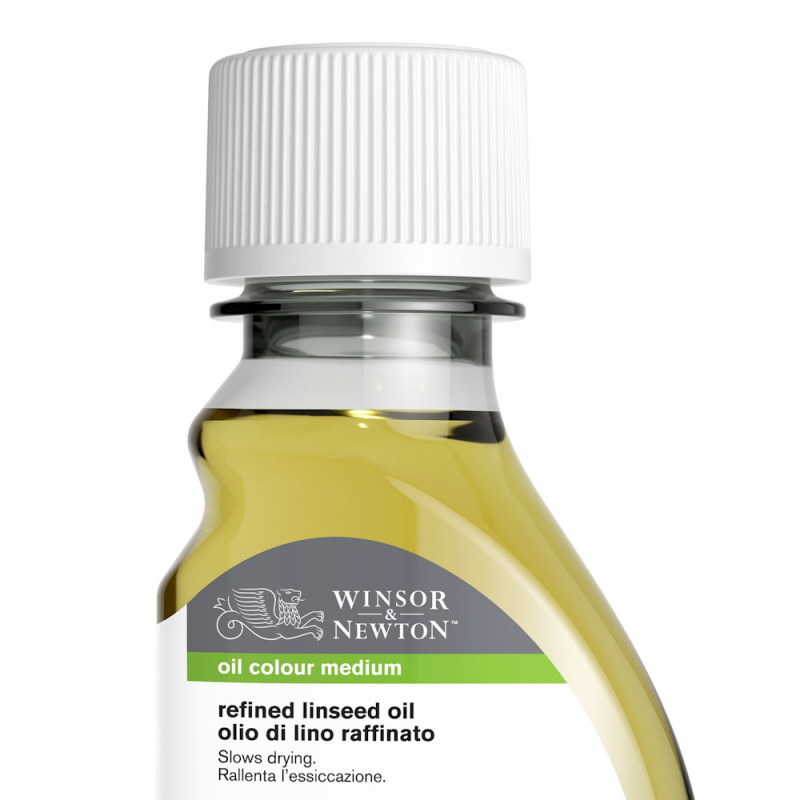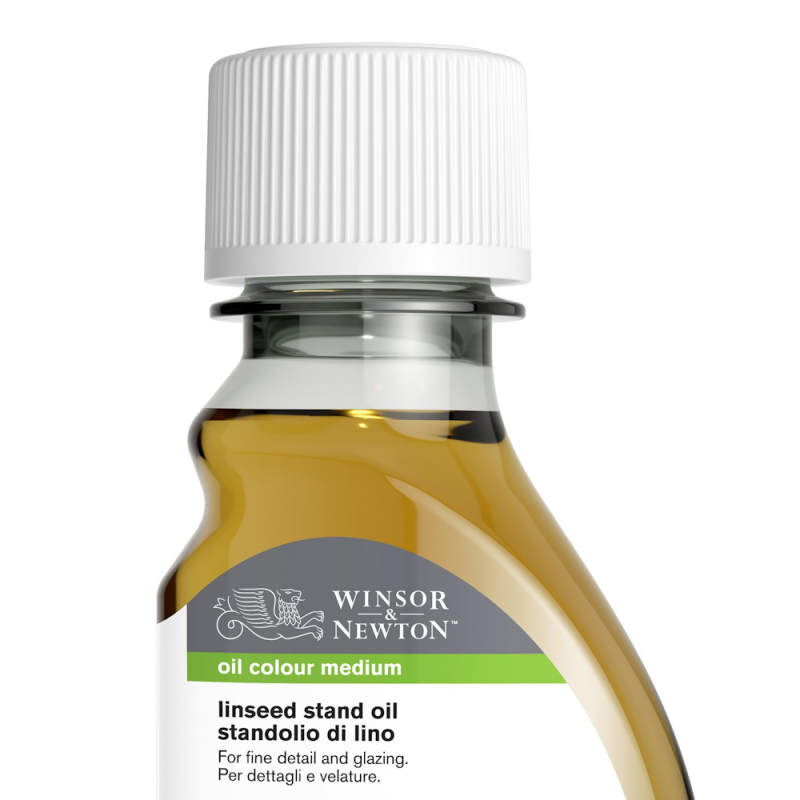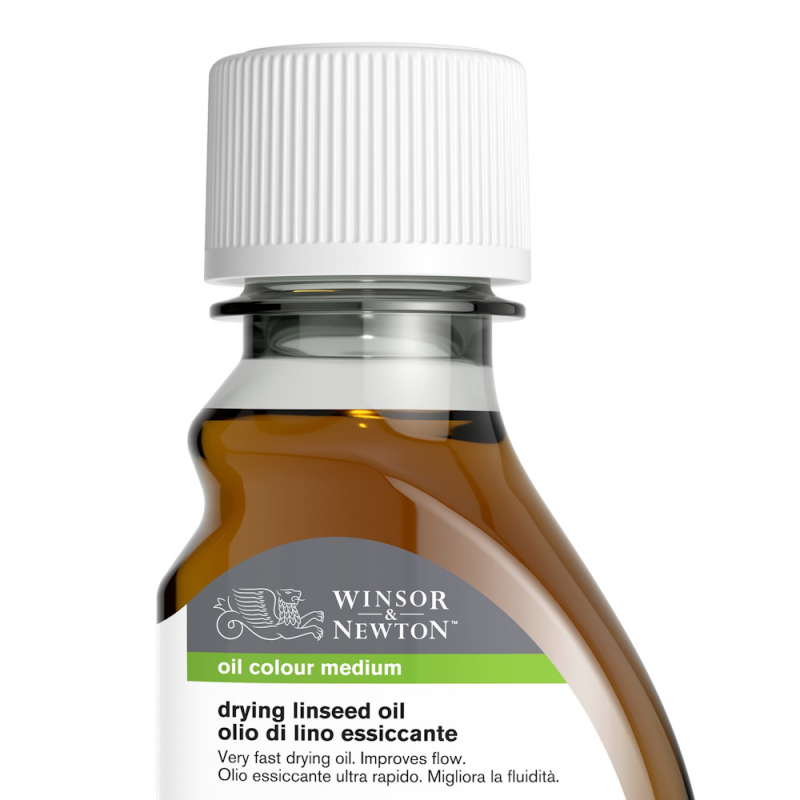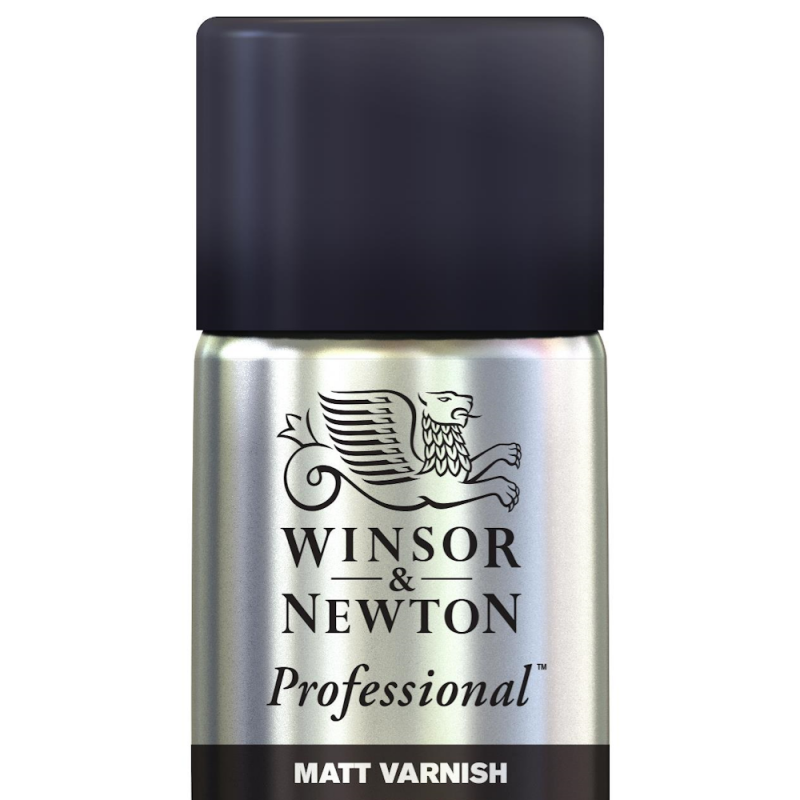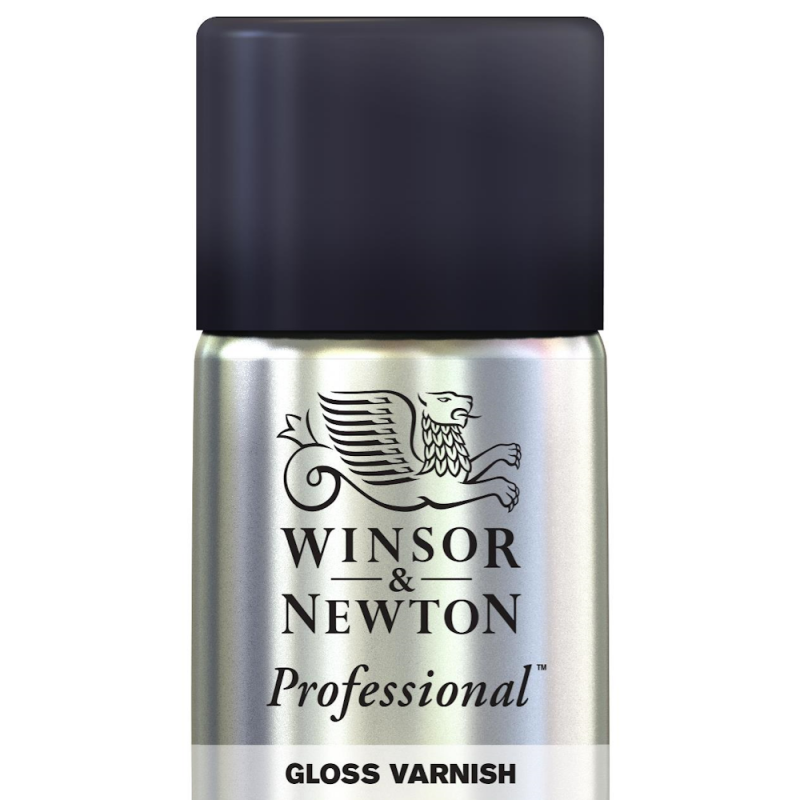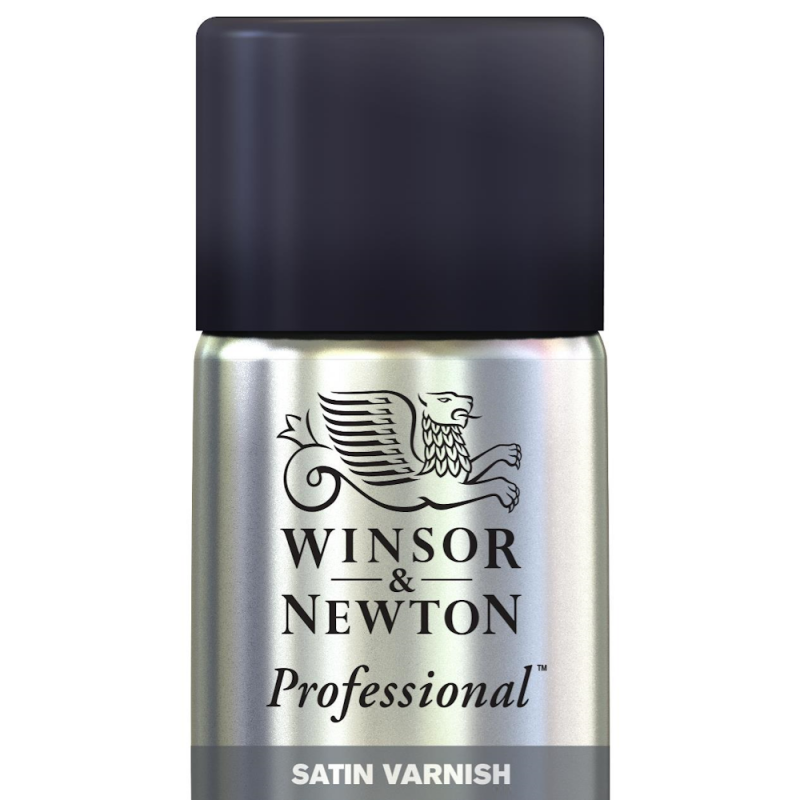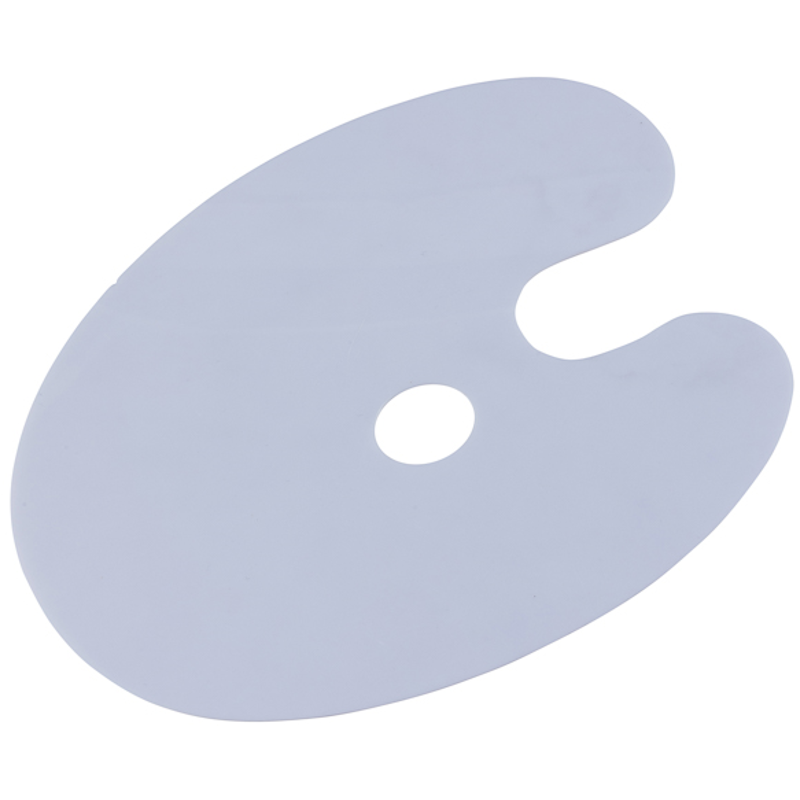 A Genuine Quote, probably
A Genuine Quote, probably
Surprisingly, despite what the Godfather of Soul would have you believe, the answer is not "Absolutely Nothing".
In actual fact, a more accurate answer would be "Absolutely Anything", but don't just take our word for it... read on & find out!
.
Lets start small, mediums, what are they (and what exactly are they good for)?
Not to get poetic, but over the years countless identical artists have stood in front of countless identical easels, clutching countless identical tools, staring at countless identical blank canvases.
Yet, those countless identical artists never produce countless identical paintings.
How?
Mediums, the unsung heroes of the art world, that's how.
It's through the use of mediums (and varnishes) that you're able to alter your oil paints thickness, finish, colour tone & more for a completely unique style suited just for yourself.
To cut a long story short, these changes include:
- Drying times
- Finish (matte, gloss, etc.)
- Paint flow
- Thickness
- Texture
Basically.
.
Now, where to begin...
When planning this, we wanted to keep things as simple as possible, so you didn't have to sit there & read through an entire essay (TLDR: mediums are a thing apparently).
So we've opted to highlight several products from Winsor & Newton.
An absolute monolith in the art community, driving innovation & promoting creativity for over 200 years now, they're sure to have a few to choose from, right?
Each of the below have been chosen specifically as they all feature multiple variations (such as the Refined, Drying & Stand Linseed Oils, for instance).
.

Lets start with varnish, something we'll all encounter should we take up any form of painting.
Does exactly what it says on the tin, honestly.
Available in several finishes in both liquid & aerosol options, varnishes are essential to protecting artwork.
They form a transparent protective layer, shielding you work from a variety of environmental hazards including UV, moisture & dust.
When it comes to aerosols, it's best to be outdoors or at least in a very well-ventilated space... and to always wear a mask regardless!
Give the can a vigorous shake first, then spray in slow circles from around 30cm away until the surface is coated.
For multiple layers, just be sure that each one is completely dry before starting another application.
The traditional liquid form is more about patience, being best applied in multiple thin layers over time.
For application, you'll want a wide, mottler style brush with soft bristles, these help to lessen brush marks for a smooth, flawless finish.
A couple of great examples would be the Series 550 from Da Vinci or something from the Liquitex Freestyle Mural range.
.
Gloss; "shine or lustre, typically on a smooth surface"
Saturates & deepens colours, reflecting light in a specular, or mirror-like fashion from the surface of the painting.
Available as both a liquid or a 400ml aerosol.
Satin; "a surface or finish resembling satin fabric"
Combines the softening effect of Matte with a low sheen similar to Gloss, albeit without the more intense reflective elements.
Available as both a liquid or a 400ml aerosol.
Matte; "neither emits, nor reflects light"
With a lack of reflective properties, this low sheen varnish creates a very smooth, almost powdery finish, ideal for tonal softening.
Available as both a liquid or a 400ml aerosol.
.
Produced by Winsor & Newton themselves, this fast-drying medium is suitable for both alkyd & oil painting.
Mixing a small amount with oil colours will alter their thickness & can cut the drying time of traditional oil paints up to 50%.
Across our site, you'll find several varieties of Liquin, each in a different thickness for different effects.
.
Liquin Fine Detail
Available in a liquid form, in 75ml & 500ml quantities, this is by far the most fluid of the three listed.
Quick-drying with a gloss finish, it's ideal for the finer details, blending, glazing & producing a pleasant, smooth finish.
Liquin Original
Formerly known as simply "Liquin" or "Wingel", this original is marginally thicker than Fine Detail & comes in 3 sizes (75ml, 250ml & 1ltr.).
Improves the flow of the oil colour, reducing visible brush strokes & dries to a semi-gloss finish.
Liquin Impasto
This stiffer option, available in both a 60ml & 200ml tube, more easily retains textures & brush strokes without visible levelling.
Their slow-drying nature allows for more blending time, once they do dry, they do so with a semi-gloss / satin finish.
.

All variations of Linseed oil help to increase the transparency of traditional oil colours.
They're also essential in increasing the oil content of any traditional oil colour, through a process known as "fattening".
Doing this provides a more fluid application for easier spreading, along with increasing drying time, flexibility & the gloss of the paint film (making it more durable overall).
.
Refined Linseed Oil
Currently available in 3 sizes (75ml, 250ml & 1ltr), this low-viscosity alkali refined oil is the palest & slowest drying option available.
Especially useful for fast-drying oils or alkyds, as it can slow / balance drying times.
Drying Linseed Oil
Physically darker in tone & available in 75ml bottles, Drying Linseed Oil (as the name may suggest) is the fastest drying of all the available oils, making it ideal for shortening the drying times of more traditional oil paints.
Linseed Stand Oil
By far the most versatile of the three, Linseed Stand Oil is available in 75ml bottles.
Able to slow drying times whilst preventing brush strokes, improving levelling & creating a tough, enamel-style finish.
Can be used for glazing & as an alternative to Refined Linseed Oil, should it be needed.
.
For more information, feel free to speak with our team via the contact details below:
Email: admin@cowlings.com
Telephone: 01303 290 550






















